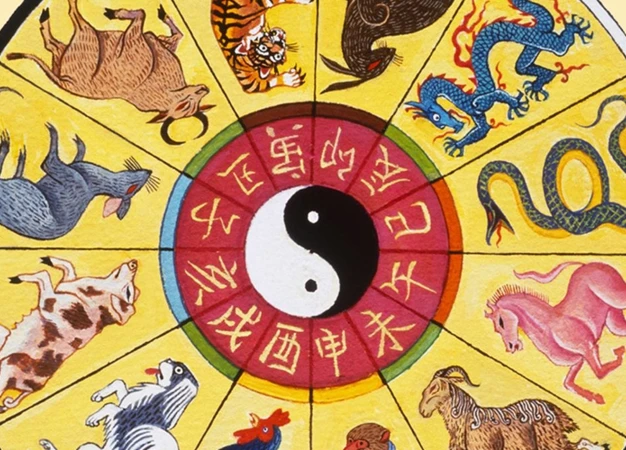Astrology in Ancient China: A Journey through Time
Embark on a captivating journey through the mystical world of ancient Chinese astrology, a rich tradition that has enthralled generations. Delve into the depths of Chinese beliefs and their profound connection to the celestial realm. Discover the intricate system of the Celestial Stem and Terrestrial Branch, which forms the foundation of Chinese astrology. Uncover the fascinating influences that shape this ancient practice, from philosophy and cosmology to mythology and divination. Explore the twelve animal signs that hold deep symbolism and profound meaning within Chinese society. Delight in the stories and legends associated with each sign, illuminating the cultural significance ingrained within astrology. Learn about notable astrologers and texts that have shaped the development of Chinese astrology, and witness the advancements and evolution of this mystical art over time. Finally, witness the modern applications and enduring popularity of Chinese astrology in the contemporary world. Prepare to be captivated as we embark on a journey that reveals the profound influence of astrology on ancient Chinese civilization.
Ancient Chinese Beliefs and Astrology
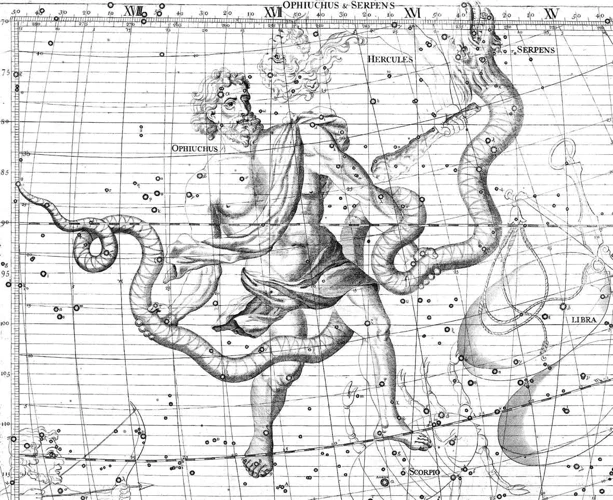
In ancient China, astrology played an integral role in shaping the beliefs and worldview of the people. The Chinese believed that the celestial bodies held immense power and influence over human affairs. They saw the universe as a harmonious and interconnected system, with everything on Earth being intricately connected to the heavens above. The concept of Yin and Yang, the dual forces of balance and harmony, was deeply ingrained in their beliefs and was central to their understanding of astrology. The Chinese believed that the movements of the stars and planets could reveal insights into the destiny and character of individuals and even the fate of the nation. They attributed great importance to the alignment of the heavenly bodies, believing that it could signify auspicious or inauspicious events. Ancient Chinese astrology was also closely tied to the concept of the Five Elements – Wood, Fire, Earth, Metal, and Water – which were believed to interact with each other and influence the nature of things. This intricate understanding of the cosmos and its impact on human life formed the foundation of ancient Chinese astrology, shaping the practices and rituals that were followed to seek guidance and make important decisions. As we delve deeper into this ancient tradition, we will uncover the celestial stem and terrestrial branch, the twelve animal signs, and the rich cultural significance that astrology held in ancient Chinese society.
The Celestial Stem and Terrestrial Branch
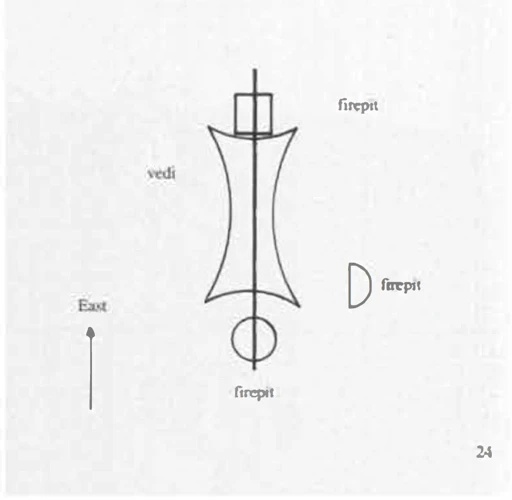
The Celestial Stem and Terrestrial Branch form a fundamental aspect of ancient Chinese astrology. The Celestial Stem comprises a cycle of ten heavenly stems, each associated with one of the Five Elements and Yin or Yang energy. These stems are used to mark the years and reflect the cosmic energy of a particular time. The Terrestrial Branch, on the other hand, consists of twelve animal signs that represent the Earthly Branches and are associated with particular years in a twelve-year cycle. These animal signs are Rat, Ox, Tiger, Rabbit, Dragon, Snake, Horse, Sheep, Monkey, Rooster, Dog, and Pig. The combination of the Celestial Stem and Terrestrial Branch provides a unique pairing for each year and gives insight into a person’s character traits and destiny, as well as the potential energy surrounding a particular year. This pairing is commonly referred to as the Chinese zodiac and has been used for centuries to determine compatibility, make predictions, and guide decision-making. Each animal sign in the zodiac has its own qualities and symbolism, adding depth and complexity to the astrological system. Understanding the interaction between the Celestial Stem and Terrestrial Branch allows for a deeper exploration of Chinese astrology and provides a fascinating perspective on how the ancient Chinese observed and interpreted the celestial and earthly influences in their lives.
Influences on Astrology
The development and evolution of astrology in ancient China were influenced by various factors, each playing a significant role in shaping the practice. One of the key influences on Chinese astrology was the teachings of Confucius, a revered philosopher whose principles heavily influenced Chinese culture and society. Confucius emphasized the importance of harmony and virtue, which were incorporated into astrological practices. Another major influence came from the concepts of Yin and Yang, which originated from Taoist philosophy. Yin represents the feminine and passive aspects, while Yang represents the masculine and active aspects. The balance between Yin and Yang was believed to govern the harmony and well-being of individuals and the world. The Five Elements theory, rooted in ancient Chinese philosophy, also influenced astrology. The interaction of Wood, Fire, Earth, Metal, and Water played a crucial role in determining the characteristics and fate of individuals based on their birth element and its relationship with the celestial bodies. Additionally, astrology in ancient China was influenced by neighboring cultures such as India and Mesopotamia, which had their own astrological traditions. These influences can be seen in the similarities between Chinese astrology and Vedic astrology in India and the astrological practices of Mesopotamian cultures. The intricate blending of philosophical, cosmological, and external cultural influences resulted in the unique and multifaceted system of astrology that existed in ancient China.
The Twelve Animal Signs
In the realm of ancient Chinese astrology, the twelve animal signs hold profound significance as they represent the cyclical nature of time and influence personal characteristics and destiny. Each animal sign corresponds to a specific year and follows a 12-year cycle. These animal signs are the Rat, Ox, Tiger, Rabbit, Dragon, Snake, Horse, Sheep, Monkey, Rooster, Dog, and Pig. Legends and myths surround the origin of these animal signs, each with its own unique story. The animal signs are believed to reflect certain traits and characteristics that individuals born in those years possess. For example, those born in the Year of the Rat are considered to be quick-witted, adaptable, and resourceful, while those born in the Year of the Dragon are often seen as courageous, ambitious, and charismatic. The interaction between the animal signs and the other elements of Chinese astrology, such as the Celestial Stem and the Five Elements, further adds layers of complexity and interpretation. This intricate system of animal signs not only helps individuals understand their own personalities and fortunes but also provides insights into compatible relationships, career choices, and even auspicious timings for important life events. The twelve animal signs, with their symbolic and cultural significance, continue to have a strong presence in contemporary Chinese society, shaping the beliefs and practices of individuals seeking guidance and a deeper understanding of themselves and their place in the world.
Astrology in Chinese Culture and Society
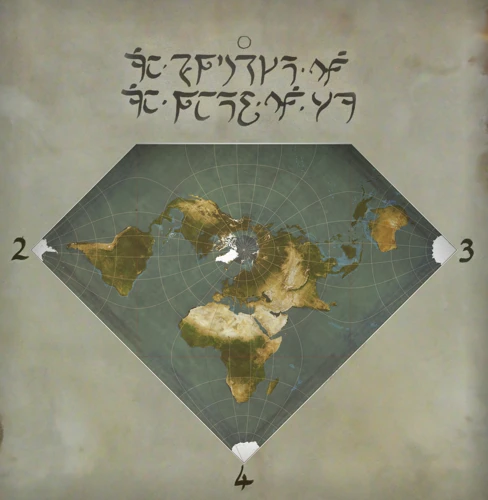
Astrology held a significant place in Chinese culture and society, permeating various aspects of daily life. Chinese astrology was deeply intertwined with traditional customs and beliefs, shaping the way people made decisions, celebrated festivals, and even named their children. The belief in astrology was so strong that it played a crucial role in determining auspicious dates for important events such as weddings, business ventures, and even burials. The twelve animal signs, derived from the Chinese zodiac system, were widely used to characterize individuals’ personality traits and compatibility in relationships. These animal signs, including the Rat, Ox, Tiger, Rabbit, Dragon, Snake, Horse, Sheep, Monkey, Rooster, Dog, and Pig, hold great symbolism and are often associated with specific attributes and virtues. Chinese society attributed immense cultural significance to these animal signs, with each year being named after one of these twelve animals in a cyclical pattern. People would often consult astrologers to seek guidance and make important life decisions based on their birth year and the alignment of the stars. This deep-rooted belief in astrology not only shaped individual lives but also influenced the collective consciousness of Chinese society as a whole. Astrological concepts and practices were passed down through generations, contributing to the preservation and continuity of Chinese culture and traditions. As we explore the influence of astrology in ancient China, we gain a deeper understanding of how this mystical art played an integral role in shaping Chinese culture and society.
Notable Astrologers and Texts
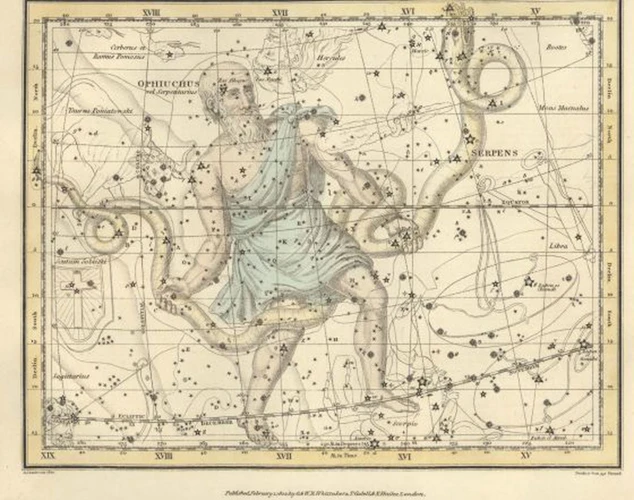
Notable Astrologers and Texts:
1. Gan De (甘德): One of the most renowned astrologers in ancient China, Gan De made significant contributions to the field of astronomy and astrology during the Warring States period. He was known for his meticulous observations of celestial phenomena and his work in predicting eclipses. Gan De’s astronomical treatise, “Gan Shi Ji” (Book of Gan De), provided valuable insights into the movement of the stars and planets.
2. Xu Guangqi (徐光启): A prominent astrologer and statesman during the Ming Dynasty, Xu Guangqi played a crucial role in promoting Western astronomy and its integration with traditional Chinese astrology. He collaborated with the Italian Jesuit Matteo Ricci to translate Western astrological texts into Chinese, bridging the gap between the two systems. Xu Guangqi’s efforts helped to modernize Chinese astronomy and expand its horizons.
3. “The Yellow Emperor’s Classic of Medicine” (黄帝内经): While primarily a medical text, this ancient Chinese classic also contains significant references to astrology. It explores the correlation between cosmic energy, the seasons, and human health. The text emphasizes the importance of maintaining harmony between the individual and the surrounding environment, drawing from astrological principles to provide guidance on living in harmony with nature.
4. “Tsu Chuan” (Zuo Zhuan/左传): This historical text, attributed to the renowned scholar Zuo Qiuming, contains chronological records of events during the Spring and Autumn Period. While not exclusively an astrological text, it includes references to celestial omens and celestial events that were believed to have influenced significant historical events. The mentions of astrology in the “Tsu Chuan” shed light on the ancient Chinese belief in the correlation between heavenly and earthly affairs.
These notable astrologers and texts played a significant role in the development and dissemination of astrology in ancient China. Their contributions helped shape the understanding of celestial phenomena and their impact on human life and society. As we explore further, we will gain insights into the advancements and evolution of Chinese astrology over time.
Advancements and Evolution of Chinese Astrology
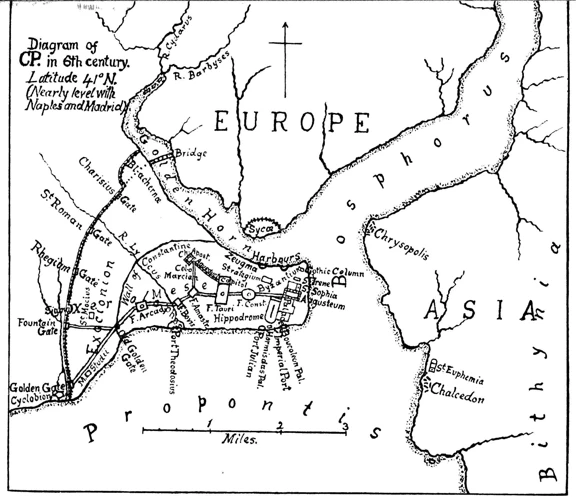
Over the course of centuries, Chinese astrology has seen advancements and evolution, adapting to the changing times while staying true to its core principles. One significant advancement in Chinese astrology came during the Han Dynasty (206 BCE-220 CE) with the introduction of the Four Pillars of Destiny, also known as Bazi or Eight Characters. This system involved analyzing the birth data of individuals, including the year, month, day, and hour of birth, to determine their destiny and character traits. The Four Pillars of Destiny became a widely utilized method for personal fortune-telling and remains influential in modern Chinese astrology.
Another notable advancement in Chinese astrology occurred during the Tang Dynasty (618-907 CE) with the development of Purple Star Astrology, also known as Zi Wei Dou Shu. This complex system assigned stars to various positions within a chart based on the individual’s birth information. These positions were then interpreted to provide insights into different aspects of a person’s life, such as career, relationships, and health. Purple Star Astrology gained popularity and became one of the prominent branches of Chinese astrology.
As centuries passed, Chinese astrology continued to evolve with the assimilation of external influences. For example, during the Song Dynasty (960-1279 CE), Chinese astronomers incorporated elements of Indian astrology, particularly the use of astrological houses known as “palaces,” into their practice. This integration enriched the methods and interpretations used in Chinese astrology.
During the Qing Dynasty (1644-1912 CE), further advancements were made with the refinement of techniques such as Four Pillars astrology and the study of Feng Shui, the ancient Chinese system of harmonizing individuals with their environments. These developments expanded the scope and applicability of Chinese astrology, infusing it with deeper insights into personal fortune, relationships, and spatial arrangements.
In the modern era, Chinese astrology has continued to evolve, embracing technological advancements. Online platforms and mobile applications now offer easy access to personalized astrological consultations and fortune-telling services, making Chinese astrology more accessible to a wider audience than ever before.
The evolution of Chinese astrology demonstrates its ability to adapt and remain relevant throughout history. By blending traditional wisdom with new concepts and approaches, Chinese astrology continues to provide guidance and insights to individuals seeking to understand themselves and their place in the universe. It is a testament to the enduring influence and significance of this ancient practice in the lives of people across generations.
Modern Applications and Popularity
In the modern world, Chinese astrology continues to hold a significant place in society and has gained popularity beyond the borders of China. Its applications span various aspects of life, including personal well-being, relationships, career, and even business decisions. Many individuals consult Chinese astrologers for guidance and insight on important life events such as marriage, starting a new venture, or making career choices. The twelve animal signs, with their distinct characteristics and compatibility profiles, are widely used in matchmaking, helping individuals find compatible partners. Chinese astrology is also utilized in fields such as fortune-telling and feng shui, where practitioners believe that the alignment of the stars and the elements can influence the energy flow in a space or a person’s fortune. Chinese astrology has found its way into popular culture, with horoscope columns and websites dedicated to providing daily astrological forecasts based on the Chinese zodiac signs. These forecasts offer a glimpse into what the future may hold and are particularly popular during the Chinese New Year, when people eagerly anticipate their zodiac predictions for the coming year. The enduring popularity of Chinese astrology is a testament to its enduring appeal and its ability to provide people with a sense of guidance and understanding in their lives. It continues to captivate individuals around the globe who are fascinated by the ancient wisdom and mystical allure of this profound tradition.
Conclusion
In conclusion, the study of ancient Chinese astrology offers a captivating glimpse into the rich tapestry of beliefs and practices that shaped the lives of the Chinese people. It is clear that astrology held significant importance in ancient Chinese society, deeply rooted in their cosmology, philosophy, and cultural traditions. The intricate system of the Celestial Stem and Terrestrial Branch provided a framework for understanding and predicting the influence of celestial bodies on human affairs. The twelve animal signs, each with their own symbolism and mythology, added depth and personal connection to astrology. Notable astrologers and texts contributed to the development and refinement of Chinese astrology over time, further enhancing its significance. As Chinese civilization evolved, so did astrology, adapting to new influences and societal changes. Today, Chinese astrology continues to captivate individuals around the world, with its modern applications and enduring popularity. By understanding the ancient Chinese beliefs and practices surrounding astrology, we gain insights into their profound connection to the heavens and their quest for harmony and balance. Just as astrology played a significant role in ancient China, so too does it continue to shape and influence cultures and civilizations across the globe, weaving its mystical threads throughout human history.
Frequently Asked Questions
FAQs about Ancient Chinese Beliefs and Astrology:
1. How did ancient Chinese people view astrology?
Ancient Chinese people saw astrology as a powerful tool for understanding the interconnectedness of the universe and believed that the movements of celestial bodies held great influence over human affairs.
2. What role did Yin and Yang play in ancient Chinese astrology?
Yin and Yang were central to ancient Chinese astrology. They represented the dual forces of balance and harmony, and their interaction was believed to shape destinies and determine auspicious or inauspicious events.
3. How did the concept of the Five Elements influence ancient Chinese astrology?
The Five Elements (Wood, Fire, Earth, Metal, and Water) were believed to interact with each other and have a profound impact on the nature of things. They played a significant role in analyzing and interpreting astrological charts.
4. How were astrology and divination connected in ancient China?
Astrology and divination were closely intertwined in ancient China. Astrological charts were often consulted during divination practices to gain insights into the future and seek guidance for important decisions.
5. Were specific rituals and ceremonies associated with ancient Chinese astrology?
Absolutely. Ancient Chinese astrology was accompanied by various rituals and ceremonies, including the offering of prayers, burning of incense, and making offerings to the ancestors and deities to seek their blessings and favorable celestial alignments.
6. Did ancient Chinese rulers consult astrologers for important decisions?
Yes, ancient Chinese rulers often sought the counsel of astrologers to determine the most auspicious timings for important events like coronations, battles, and inauguration of new constructions.
7. How was astrology integrated into daily life in ancient China?
Astrology was deeply ingrained in the daily life of ancient Chinese people. It influenced various aspects, such as marriage compatibility, choosing auspicious names for children, and even determining the most favorable dates for important family events.
8. Did ancient Chinese astrology extend beyond individual horoscopes?
Absolutely. Chinese astrology encompassed a broader scope, including predictions for the fate of the nation, including the rise and fall of dynasties, and even the interpretation of celestial signs for natural disasters.
9. Were there any ancient Chinese astrologers that became famous?
Yes, several ancient Chinese astrologers gained fame for their profound knowledge and accurate predictions. Notable astrologers include Xu Zheng, Liu Bowen, and Yuan Tiangang, who made significant contributions to the field.
10. How has ancient Chinese astrology influenced modern astrology practices?
Ancient Chinese astrology continues to be a significant influence on modern astrology practices, particularly with the popularity of Chinese zodiac signs and the incorporation of the celestial stem and terrestrial branch system into contemporary astrology.

